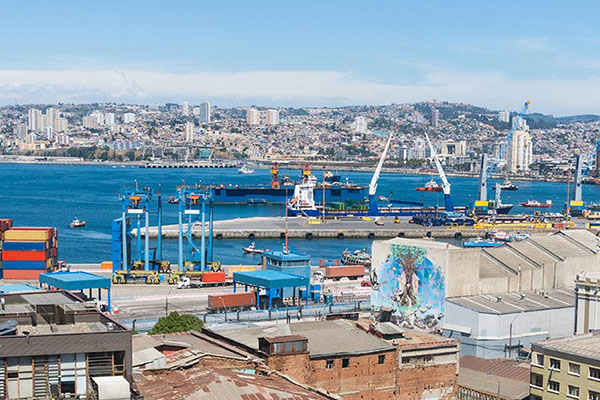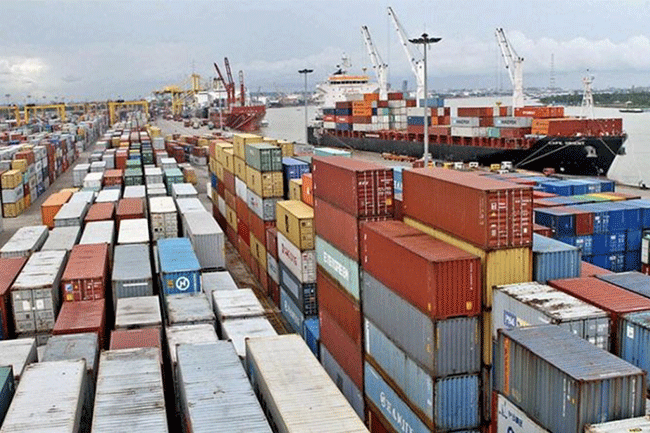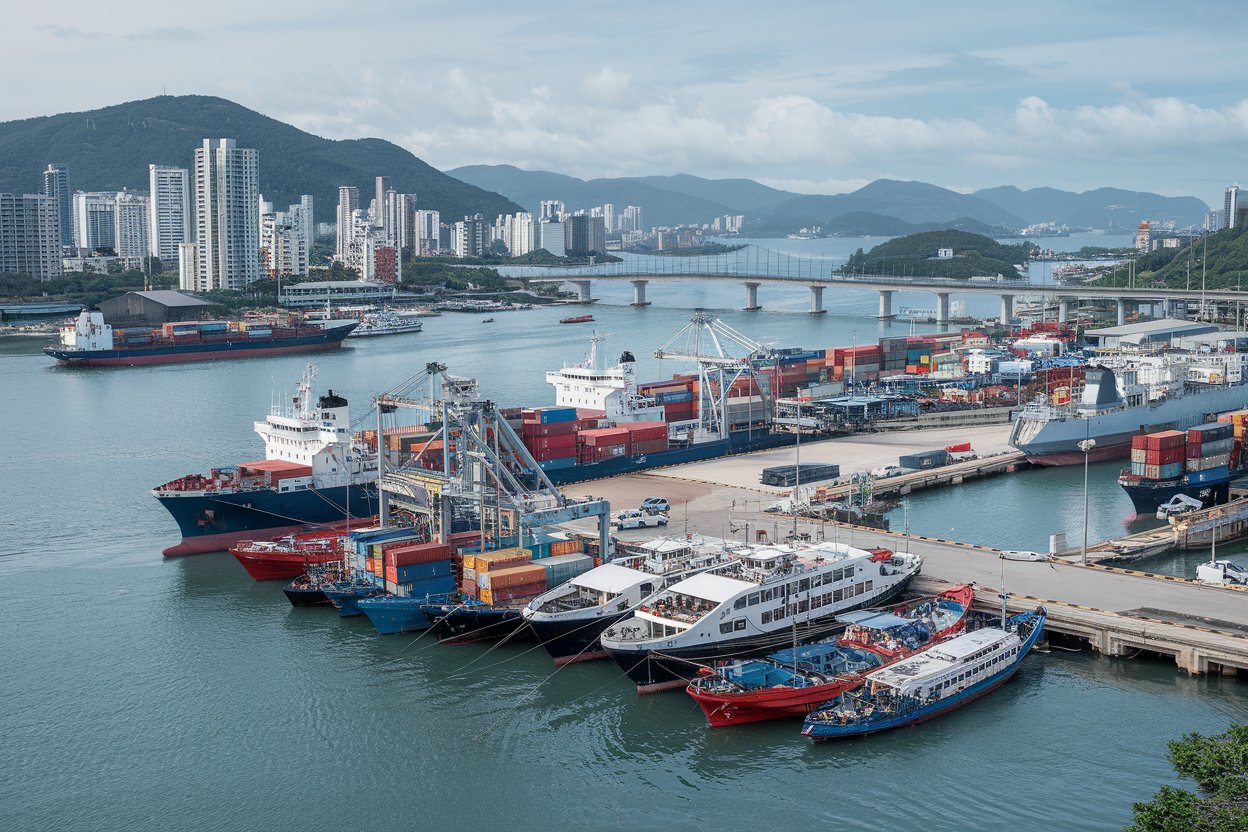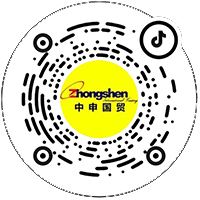- 20 Years of Expertise in Import & Export Solutions
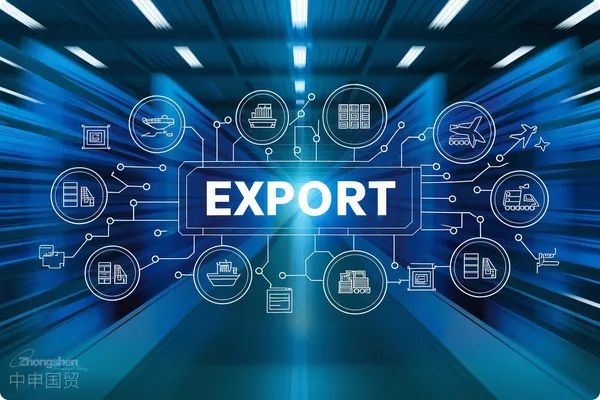
Introduction
In the grand scheme of global trade, importing printing presses from Japan is an important move for many enterprises to improve production efficiency and expand their business. However, the import process involves many complex links, such as document handling, logistics arrangements, compliance with trade regulations, and?Foreign exchange settlement?, and a slight oversight could lead to delays or losses.?Zhong Shen?As a professional import?Export Agency?A company, with its deep accumulation in document handling and logistics services, can provide you with comprehensive support.
The professional competence in document handling of ZhongShen International Trade.
The document handling for importing printing presses is crucial. Every document, from the commercial invoice and bill of lading to the packing list, must be accurate. ZhongShen has an experienced documentation team that is familiar with the various standards for international trade documents. Taking the commercial invoice as an example, it needs to detail information such as the model, specifications, quantity, unit price, and total price of the printing press, to ensure it is consistent with the actual goods and complies with the requirements of the destination country's customs.
When handling the bill of lading, the team will, according to the mode of transport (such as?Ocean shipping?a bill of lading for sea freight,?Air freight?a bill of lading for air freight), carefully check key content such as the consignee and shipper information, goods description, and port of loading and destination. For large equipment like imported printing presses, the bill of lading also needs to specify the packaging form and special transport requirements of the goods, such as whether shock-proof and moisture-proof treatment is required.
In addition, the packing list is also a document that cannot be ignored. It details the specific situation of the printing press components in each package, which is helpful for customs inspection and for the consignee to check the goods. The ZhongShen documentation team will ensure that the packing list is completely consistent with the actual packing situation to avoid problems such as customs detention caused by non-compliant documents.
The Professional Approach to Logistics Arrangement
When importing a printing press from Japan, the logistics link is of utmost importance. First, the appropriate mode of transport must be chosen based on the size, weight, and transport time requirements of the printing press. If the printing press is large in volume, heavy in weight, and the transport time requirement is not particularly urgent, sea freight is a more economical choice. ZhongShen maintains long-term good cooperative relationships with major shipping companies and can secure favorable freight rates and suitable shipping schedules.
During sea transport, the loading, unloading, and transport of the goods will be properly arranged. For precision equipment like printing presses, special reinforcement measures will be taken to prevent damage from bumps and collisions during transport. At the same time, the in-transit situation of the goods will be closely monitored, and logistics information will be provided to the client in a timely manner.
If the client has a high requirement for transport time, air freight is a better choice. Although air freight costs are relatively high, it is fast and has strong timeliness. ZhongShen can coordinate with airlines to ensure that the printing press can be transported to its destination quickly and safely. During air transport, the packaging and protection of the goods will also be done well to ensure the goods are intact.
Challenges and Opportunities in the Context of International Trade
The current international trade situation is complex and ever-changing, which brings both challenges and opportunities to importing printing presses from Japan. In terms of challenges, the rise of trade protectionism has led various countries to continuously introduce new trade policies and regulations. For example, some countries may increase the tariff barriers on imported printing presses, which would increase import costs. In addition, unexpected events such as pandemics may also lead to supply chain disruptions, affecting the transport and delivery of goods.
However, opportunities also exist. With the gradual recovery of the global economy, the market demand for printing presses is also picking up. At the same time, the development of digital technology has prompted the continuous upgrading of printing presses. As a strong country in printing press manufacturing, Japan's products have obvious advantages in technology and quality. ZhongShen, with its keen insight into the international trade situation, can help clients to promptly understand policy dynamics, adjust their import strategies, seize opportunities, and avoid risks.
Advantages of VTB Foreign Exchange Settlement in the Russian Market
If the business of importing printing presses involves the Russian market, ZhongShen's VTB settlement convenience is a major advantage. Settlement of exchange is the act of the owner of foreign exchange income selling their foreign exchange income to a designated foreign exchange bank, which then pays the equivalent in local currency at a certain exchange rate.
In trade with Russia, settling through VTB Bank has many benefits. On the one hand, VTB Bank holds an important position in the Russian financial system and has extensive business dealings with local enterprises and financial institutions, making the settlement channels smooth. On the other hand, it has extensive experience in handling trade settlement business and can complete the settlement process quickly and efficiently.
The specific process is as follows: after the goods arrive in Russia and complete customs clearance and other procedures, ZhongShen will assist the client in preparing the relevant settlement documents, such as the commercial invoice, bill of lading, and customs declaration, and submit them to VTB Bank. After the bank verifies the documents, it will convert the foreign exchange into RMB or another designated currency at the current exchange rate and pay it to the client, ensuring that the funds arrive in a timely and secure manner.
Southeast Asian market?Import/export?Process and Solution
For the Southeast Asian market, importing printing presses from Japan also has its unique process and points to note. The first step is the preparatory work before importation, which is to understand the trade regulations and import policies of various Southeast Asian countries. For example, some countries may have specific requirements for the technical parameters and environmental standards of printing presses, and it is necessary to confirm in advance whether the printing press complies with these standards.
In terms of the import process, after the goods are shipped from Japan, they will first arrive at the destination port in Southeast Asia. Before the goods arrive at the port, ZhongShen will handle the?Import Customs Declaration?procedures in advance. When declaring to customs, accurate documents must be submitted, including the commercial invoice, bill of lading, packing list, and?Certificate of Origin?certificate. At the same time, the declared value must be determined according to local customs regulations to avoid customs penalties for false declarations.
During the customs clearance process, customs may inspect the goods. To ensure a smooth inspection, ZhongShen will prepare the goods in advance, such as organizing the relevant materials for the goods and ensuring the packaging meets the requirements. If customs raises any questions or requests, it will promptly communicate with customs and provide a reasonable explanation and solution.
In terms of logistics and distribution, ZhongShen will transport the printing press from the port to the designated location according to the client's requirements. Whether by land, inland waterway, or rail, the optimal distribution plan can be chosen based on the actual situation to ensure the goods are delivered safely and on time.
Product Certification Service Assistance
Imported printing presses usually need to meet certain product certification requirements. Different countries and regions have different certification standards for printing presses, such as the EU's CE certification and the US's UL certification. Although ZhongShen does not directly provide certification services, with its extensive experience, it will accurately inform clients of the required certifications and assist them in preparing the relevant materials.
For example, in the process of preparing certification materials, it will guide clients in collecting the technical documents, test reports, etc., of the printing press to ensure the materials are complete and accurate. At the same time, it will help clients to communicate with the certification body, understand the certification process and time nodes, so that clients can reasonably arrange their import plans.
Conclusion
Importing a printing press from Japan is a complex but opportunity-filled process. ZhongShen, with its professional capabilities in document handling and logistics arrangements, as well as its in-depth understanding of different markets, can provide clients with comprehensive and efficient import and export agency services. Whether it's responding to the challenges of the international trade situation or utilizing market opportunities, ZhongShen will be your reliable partner. On the road to importing printing presses, we will work hand in hand with you to ensure the smooth progress of your business.
Recommended for You
- Importing Digital Cameras from South Korea, A Complete Foreign Trade Process Analysis
- After Using an Export Agent, Who is Ultimately Responsible for the Tax Rebate? Will the Agency Company Keep My Tax Rebate Funds?
- Importing Sun-Protective Clothing From Japan, Have You Mastered These Key Points?
- Importing 3D Printers, How to Navigate the Complex Foreign Trade Process?
- Importing Sneakers from Japan, A Complete Foreign Trade Process Analysis
Category Case
Contact Us
Email: service@sh-zhongshen.com
Recommended for You
Contact via WeChat

? 2025. All Rights Reserved.

